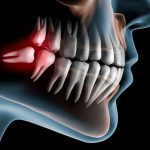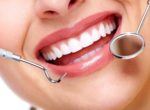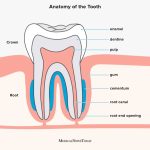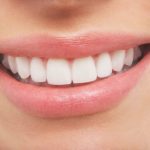Perfect Your Smile: Understanding How Your Teeth Should Line Up
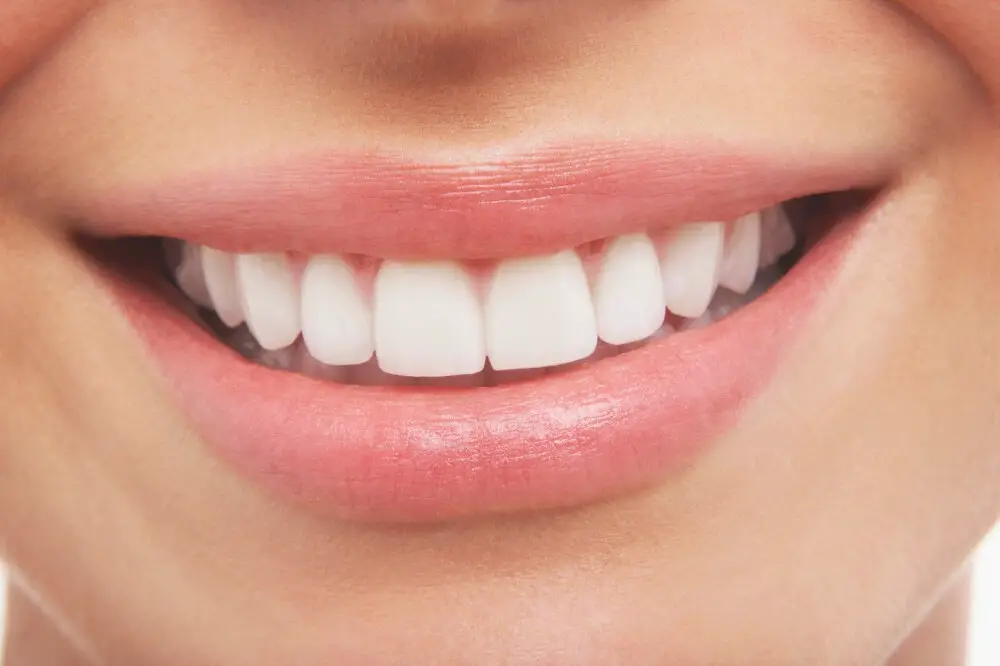
A beautiful smile is something that everyone desires. It can enhance your appearance and increase your confidence. However, achieving the perfect smile is not just about having white and straight teeth. The alignment of your teeth plays a significant role in the overall appearance of your smile. Understanding how your teeth should line up is crucial to achieve a perfect smile. The alignment of your teeth affects not only the appearance of your smile but also your overall oral health. When your teeth are not correctly aligned, it can cause several problems such as difficulty in chewing, speech problems, and even tooth decay. Therefore, it is essential to have a good understanding of how your teeth should line up and how to achieve it. In this article, we will discuss the importance of teeth alignment and some tips to perfect your smile.
Having properly aligned teeth is essential not only for aesthetic purposes but also for overall dental health. When teeth are aligned correctly, they function correctly, making it easier to chew, speak, and breathe. Straight teeth also reduce the risk of tooth decay, gum disease, and other dental problems, as they are easier to clean and maintain. Moreover, properly aligned teeth can boost one’s confidence and self-esteem, leading to greater success in personal and professional life. Therefore, it is crucial to understand how your teeth should line up and take steps to achieve the perfect smile.
Dental occlusion is the way that teeth come together when the mouth is closed. It’s a crucial aspect of dental health because when teeth don’t line up properly, it can lead to a range of problems. These can include issues with biting and chewing, as well as pain and discomfort in the jaw and surrounding muscles. In addition, poor dental occlusion can cause teeth to wear down unevenly, leading to problems with tooth sensitivity and even tooth loss in extreme cases. Understanding dental occlusion is key to maintaining good oral health, as well as ensuring a beautiful, healthy smile.
Dental Occlusion

Dental occlusion is the physical relationship between the upper and lower teeth when the jaws come together. The term occlusion refers to the way the teeth meet when the jaw is closed, while dental occlusion relates to the alignment of the teeth. The way the teeth align can have a significant impact on overall oral health, as a poor dental occlusion can lead to various issues, including tooth decay, gum disease, and even headaches or jaw pain. A healthy dental occlusion should allow for the teeth to come together comfortably and efficiently, allowing for proper biting and chewing of food. The alignment of the teeth in dental occlusion is determined by several factors, including genetics, age, and lifestyle habits. Teeth that are properly aligned create a stable bite, which helps to prevent wear and tear on the teeth, as well as other dental problems. On the other hand, misaligned teeth can lead to issues such as crowding, gaps, or overbite/underbite, which can affect both the aesthetic appearance of the smile and the functionality of the teeth. Dental occlusion is an essential aspect of overall oral health and is something that dentists and orthodontists pay close attention to when evaluating a patient’s dental health.
Dental occlusion is the way in which the upper and lower teeth meet and come together when the mouth is closed. It is important for the teeth to align properly for proper chewing, speaking, and swallowing. There are different types of dental occlusion such as Class I occlusion where the molars are in correct position but other teeth may be misaligned, Class II occlusion where the upper teeth protrude outwards and Class III occlusion where the lower teeth protrude outwards. There are also different types of bite patterns like overbite, underbite, and crossbite, which can cause problems with speech, chewing and facial aesthetics. Proper diagnosis of dental occlusion and bite pattern is important for effective treatment and a perfect smile.
Dental occlusion refers to the way the upper and lower teeth come together when the mouth is closed. Proper occlusion is crucial for maintaining healthy teeth alignment, as it distributes the force of biting and chewing evenly across the teeth. When the teeth are misaligned, they may experience uneven pressure, which can cause excessive wear, tooth sensitivity, and even damage to the supporting bone and gum tissue. In addition, poor occlusion can contribute to jaw pain, headaches, and other discomforts. Therefore, understanding the importance of dental occlusion and maintaining proper alignment is essential for promoting optimal oral health and overall well-being.
Dental occlusion refers to the way upper and lower teeth fit together when the mouth is closed. There are three different types of dental occlusion – Class I, Class II, and Class III. Class I occlusion is considered as the ideal bite where the upper teeth slightly overlap the lower teeth, and the molars fit together correctly. Class II occlusion, also known as overbite, is when the upper teeth extend too far forward or the lower teeth are too far back, leading to an overbite. Class III occlusion, or underbite, is when the lower teeth extend too far forward or the upper teeth are too far back, leading to an underbite. Understanding the type of dental occlusion you have is essential for proper dental treatment and can help prevent future dental problems.
Malocclusion

Malocclusion is a dental term used to describe the misalignment of teeth and improper positioning of the jaws. This condition can result from various reasons such as genetics, thumb-sucking, or injury to the mouth. Malocclusion can cause several problems like difficulty in chewing, speech difficulties, and increased risk of tooth decay and gum disease. Fortunately, there are several treatments available to correct malocclusion, including braces, aligners, and surgery. One of the most common types of malocclusion is overcrowding, which occurs when there isn’t enough room in the jaw for all the teeth to fit comfortably. This can lead to crooked teeth and an uneven smile, making it difficult to clean the teeth properly, and increasing the risk of tooth decay and gum disease. Another type of malocclusion is an overbite or underbite, where either the upper or lower jaw protrudes too far forward or backward, causing the teeth to be misaligned. This can result in difficulty biting and chewing, and can also affect speech. It’s important to address malocclusion early on, as it can lead to more serious dental problems in the future if left untreated.
Malocclusion refers to the misalignment of teeth and jaws, leading to an imperfect bite. This condition can result from a range of issues, including genetics, injury, and habits like thumb-sucking or nail-biting. There are several types of malocclusion, including overbite, underbite, crossbite, and open bite. An overbite occurs when the upper teeth protrude over the lower teeth, while an underbite happens when the lower teeth are in front of the upper teeth. A crossbite occurs when some of the upper teeth sit inside the lower teeth, and an open bite happens when the front teeth don’t meet when the mouth is closed. Malocclusion can cause various dental issues, such as difficulty chewing and speaking, as well as aesthetic concerns. Fortunately, modern dentistry offers several treatment options, including braces, clear aligners, and surgery, to help correct malocclusion and perfect your smile.
Malocclusion, or an irregular bite, can affect teeth alignment in several ways. When teeth are crowded or crooked, they may overlap or twist, making it difficult to clean them properly. This can lead to an increased risk of tooth decay and gum disease. Malocclusion can also cause uneven wear on teeth, as certain areas may be subject to more pressure than others. In severe cases, malocclusion can even lead to speech difficulties or problems with eating and chewing. By understanding how malocclusion affects teeth alignment, individuals can take steps to correct the issue and achieve a healthier, more attractive smile.
Malocclusion refers to the misalignment of teeth and jaws, which can lead to various dental complications. One of the most common types of malocclusion is overbite, where the upper front teeth overlap the lower front teeth excessively. Another common type is underbite, which is the opposite of overbite, where the lower front teeth protrude beyond the upper front teeth. Crossbite is a misalignment where some of the upper teeth sit inside the lower teeth instead of outside. Crowding occurs when there is not enough space for the teeth to fit in the jaw, leading to overlapping or twisted teeth. Finally, spacing is a type of malocclusion where there are gaps between the teeth, which can be caused by missing teeth or a smaller jaw. Understanding the characteristics of these common malocclusions can help individuals identify their own dental issues and seek appropriate treatment to achieve a perfect smile.
Correcting Teeth Alignment
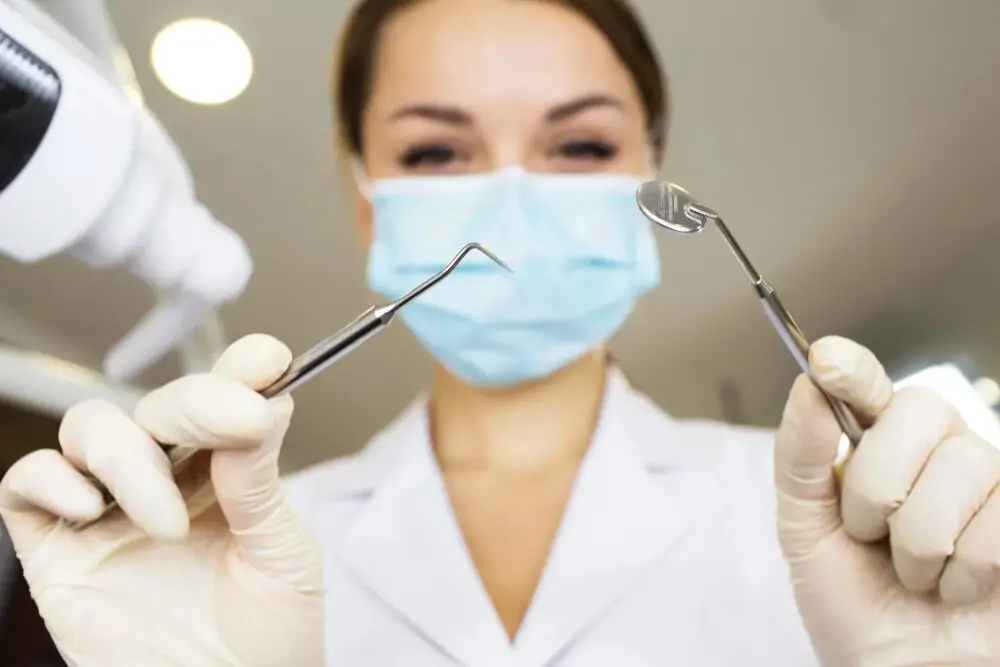
Correcting teeth alignment is an essential part of maintaining a healthy and beautiful smile. Misaligned teeth can cause numerous dental problems, including tooth decay, gum disease, and bite issues. Fortunately, there are several options to correct teeth alignment, depending on the severity of the problem. One of the most common methods is braces, which use wires and brackets to move teeth into the correct position. Braces are highly effective for correcting severe misalignments, but they can be uncomfortable and require a long treatment period. For those who prefer a more discreet option, clear aligners are a popular alternative. Clear aligners are custom-made trays that fit over the teeth and gradually shift them into the correct position. They are virtually invisible and can be removed for eating and cleaning, making them a more convenient option for many people. Another option for correcting teeth alignment is orthodontic surgery, which is typically reserved for severe cases. Orthodontic surgery involves reshaping the jaw or moving teeth to correct bite issues. While it is a more invasive procedure than braces or clear aligners, it can provide dramatic results for those who need it. For less severe cases, dental bonding or veneers may be a viable option. Dental bonding involves applying a tooth-colored resin to the teeth to correct minor misalignments, while veneers are thin shells that are permanently bonded to the front of the teeth to improve their appearance. While these options do not provide the same level of correction as braces or clear aligners, they can still make a significant difference in the appearance of the teeth. Overall, correcting teeth alignment is an essential step in achieving a healthy and beautiful smile, and there are many options available to suit the needs of each individual.
There are various methods available to correct teeth alignment, such as braces, aligners, and retainers. Braces are metal brackets that are glued to each tooth and connected with wires to exert pressure on the teeth, gradually moving them into the desired position. Aligners are clear plastic trays that fit snugly over the teeth and are changed every few weeks to gradually shift the teeth into alignment. Retainers are custom-made appliances that are fitted to the teeth after braces or aligners are removed to maintain their new position. Each method has its advantages and disadvantages, and the choice depends on the severity of misalignment, personal preference, and lifestyle. It is essential to consult with an orthodontist to determine the most suitable option for achieving a perfect smile.
There are several methods to align teeth and improve the appearance of a smile. One common method is braces, which use brackets and wires to gradually move teeth into the desired position. Another option is clear aligners, which are custom-made plastic trays that fit over the teeth and gradually shift them into place. Lingual braces are another alternative, which are similar to traditional braces but placed on the back of the teeth, making them less noticeable. In some cases, orthodontic appliances such as headgear or palate expanders may also be used to correct alignment issues. These methods work by applying gentle, constant pressure to the teeth, encouraging them to shift into the proper position over time.
When it comes to correcting misaligned teeth, there are several options available. Braces are a popular choice, offering a wide range of advantages such as being able to treat complex cases, adjust teeth in all directions, and provide long-lasting results. However, braces can also be uncomfortable, require frequent adjustments, and may be visible and affect self-esteem. Clear aligners, on the other hand, are virtually invisible and removable, making them a more attractive option for some. However, they may not be suitable for complex cases and require patient compliance to be effective. Ultimately, the best choice depends on the individual’s specific needs and preferences, as well as the advice of their dentist or orthodontist.
Maintaining Teeth Alignment
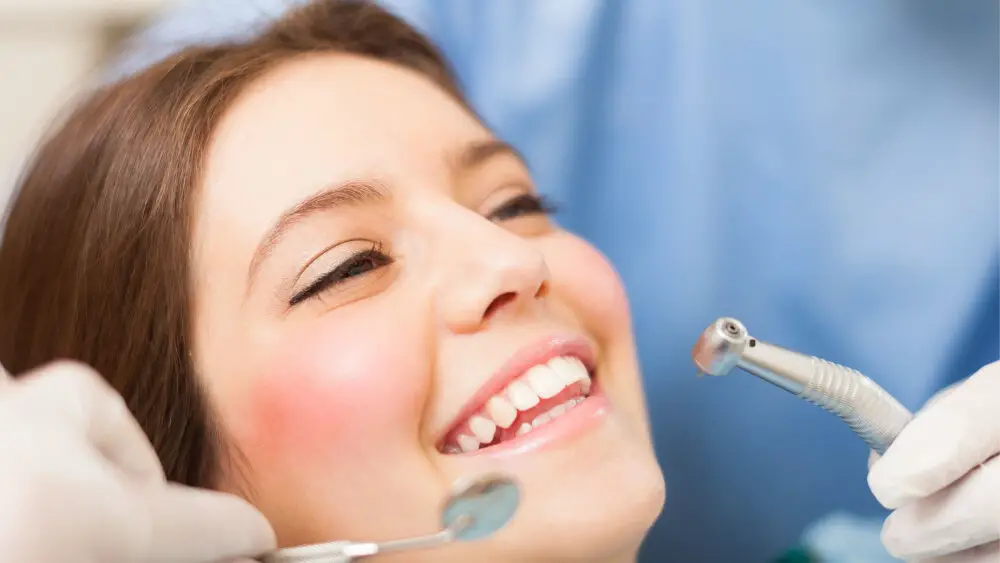
Maintaining Teeth Alignment is an essential aspect of achieving a perfect smile. Proper alignment of teeth plays a significant role in improving one’s appearance, chewing, and speaking ability. Misaligned teeth can lead to several oral health issues, such as tooth decay, gum disease, bad breath, and even tooth loss. Therefore, it is crucial to maintain teeth alignment to avoid these problems and achieve a healthy, beautiful smile. There are several ways to maintain teeth alignment, and one of them is by wearing braces. Braces can straighten teeth and correct various orthodontic issues, such as overbite, underbite, and crossbite. They work by exerting gentle pressure on the teeth, gradually moving them into the desired position. Braces have come a long way, and there are now various types available, such as traditional metal braces, clear braces, and lingual braces. Additionally, Invisalign is another option for teeth alignment, which uses clear, removable aligners to gradually move the teeth into the correct position. Maintaining teeth alignment also involves proper dental hygiene, such as brushing and flossing regularly, as well as visiting the dentist for checkups and cleanings. By doing so, one can prevent dental issues that may affect teeth alignment and overall oral health.
Maintaining proper teeth alignment after correction is crucial for both aesthetic and functional reasons. Straight teeth not only enhance the appearance of your smile, but also improve your overall oral health by making it easier to clean teeth and gums. Misaligned teeth can lead to plaque buildup, tooth decay, and gum disease. Moreover, corrected teeth tend to shift back to their original position if not properly maintained, causing the need for additional corrective treatment. Therefore, it is essential to follow the instructions of your orthodontist and wear retainers as directed to ensure that your teeth remain aligned and your smile remains perfect.
Maintaining proper teeth alignment is essential for a healthy and beautiful smile. Good oral hygiene practices such as brushing twice a day, flossing daily, and using an antiseptic mouthwash regularly can help keep teeth clean and free of decay-causing bacteria. Regular dental checkups are also crucial in ensuring that your teeth stay aligned and healthy. During these checkups, your dentist will examine your teeth for any signs of misalignment or decay and provide you with the necessary treatment. Additionally, your dentist may recommend orthodontic treatment if your teeth require alignment correction. By following these simple steps, you can maintain proper teeth alignment and enjoy a beautiful, healthy smile.
There are various factors that can lead to teeth shifting out of alignment. One of the most common causes is poor oral hygiene, which can result in gum disease. When the gums become inflamed and infected, they can no longer provide the necessary support to hold teeth in place. Additionally, injury or trauma to the mouth can cause teeth to move. Other causes include genetics, age, and even certain habits like clenching or grinding teeth. Whatever the reason, it is important to address misaligned teeth early on, as they can lead to a variety of dental problems if left untreated.
The article \Perfect Your Smile: Understanding How Your Teeth Should Line Up\ discusses the importance of dental occlusion and its impact on the appearance and functionality of our teeth. The author explains that dental occlusion refers to the way our upper and lower teeth come together when we bite down, and that a proper occlusion is essential for maintaining healthy teeth and gums, as well as for facilitating proper chewing and speech. The article goes on to describe the different types of occlusion and how they can affect the alignment of our teeth. The author emphasizes the importance of seeking professional dental care to ensure proper occlusion and offers tips for maintaining good dental health, such as brushing and flossing regularly and avoiding hard or sticky foods that can damage teeth. Overall, the article provides valuable information for anyone looking to maintain a healthy, beautiful smile.
Proper teeth alignment is essential for good oral health and overall well-being. Misaligned teeth can lead to a variety of dental problems, including tooth decay, gum disease, and tooth loss. Correcting misaligned teeth can improve oral hygiene, making it easier to clean teeth and gums, reducing the risk of developing these problems. Proper teeth alignment also has a significant impact on self-esteem and confidence. People with straight teeth are often perceived as more attractive, which can lead to increased confidence and self-esteem. They are also less likely to experience social anxiety and other negative psychological effects associated with having crooked or misaligned teeth. Therefore, maintaining proper teeth alignment is crucial for good oral health and overall well-being.
Conclusion

In conclusion, having a perfect smile is not just about the aesthetics, but also about the functionality of our teeth. Understanding how our teeth should line up is crucial in maintaining good oral health, preventing dental problems, and improving our overall well-being. By paying attention to the alignment of our teeth, we can correct any issues before they become more serious and enjoy a confident, healthy smile. Remember, a beautiful smile is not just a luxury, but a necessity for a happy and fulfilling life. So, take care of your teeth, visit your dentist regularly, and let your smile shine bright!


